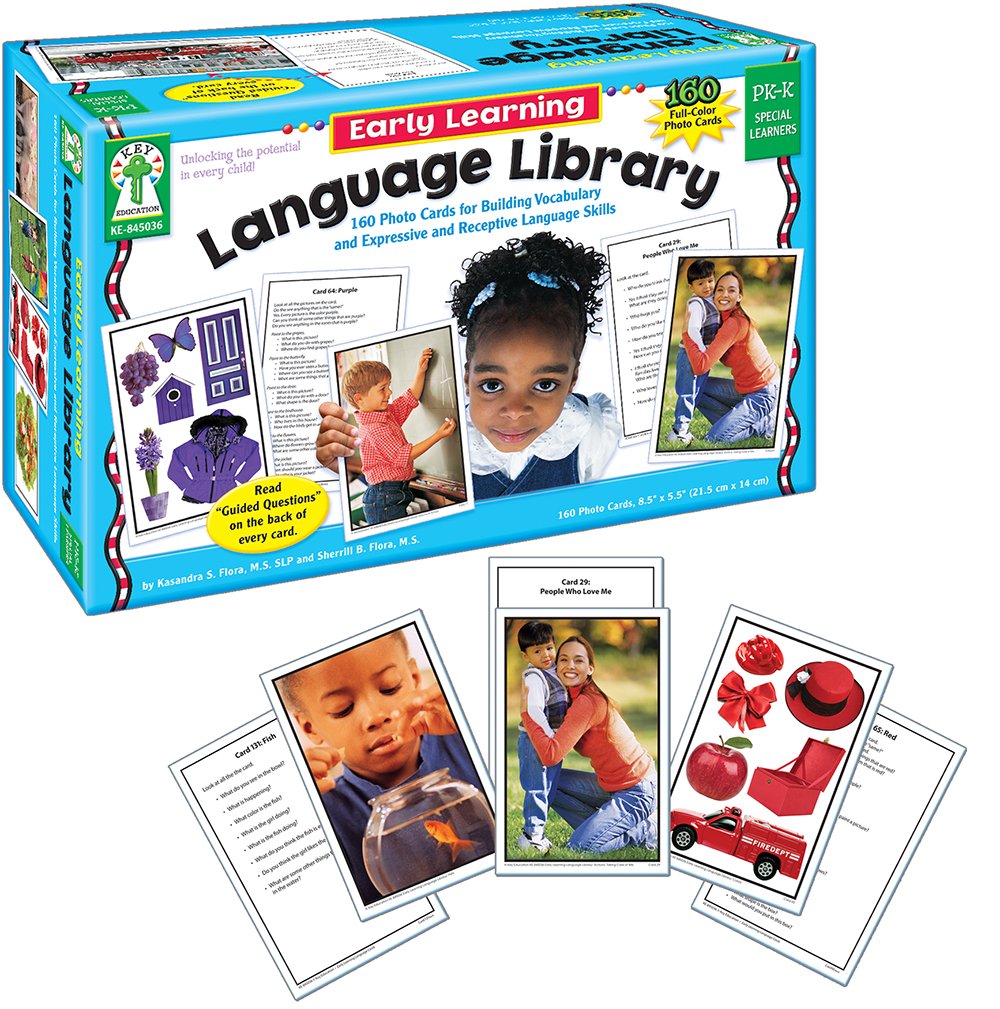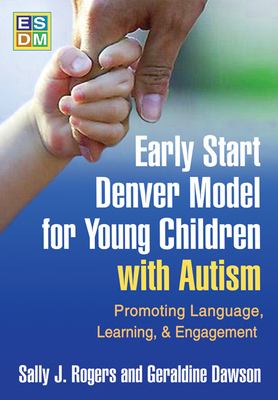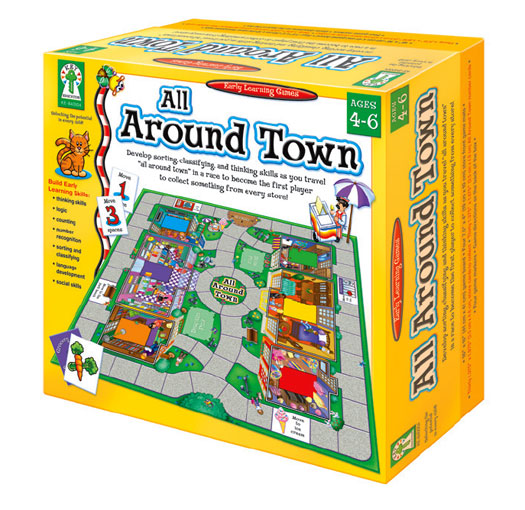We’re excited to let you know that the AFLS School Skills Assessment Protocol, the latest protocol in the Assessment of Functional Living Skills Series (AFLS), is now available. This assessment, skills tracking system, and curriculum guide assesses and develops a variety of skills, routines and social situations that are critical for success in educational settings. This week only, we are offering a 15% discount off your order of the AFLS School Skills Assessment Protocol. Apply our promo code BLOGAFLS5 to your order at checkout to redeem your savings. Note that this Protocol is only available to registered users of the AFLS Guide. Your registration number will be required upon ordering. This five-digit number begins with “FS” and can be found printed on the lower left hand corner of your AFLS Guide.

The skills included in the School Skills Protocol are essential for successful functioning in different types of classrooms, in all parts of the school campus, and with peers and various staff.
The AFLS School Skills Assessment Protocol also incorporates skills that are necessary in a wide range of classroom environments (i.e., special day classes, “pull out” classrooms, inclusion, regular education), and considers the individual’s level of development (e.g., language, behavior, and cognitive abilities). All age levels of education (i.e., elementary school, middle school, high school, college) are addressed. The School Skills Protocol includes:
- Classroom Mechanics
- Routines and Expectations
- Meals at School
- Social Skills
- Technology
- Common Knowledge
- Core Academics
- Applied Academics
This week only, save 15% on your purchase of the AFLS School Skills Assessment Protocol by entering in the promo code BLOGAFLS5 at checkout!*
*Offer is valid until October 29, 2013 at 11:59pm EST. Order must include AFLS Registration number located on the front lower left-hand corner of your AFLS Guide. Be sure to exclude spaces and/or dashes in your registration number and promo code!

 Suitable for children in preschool and kindergarten, these cards include photographs of everyday objects and people with guided questions and encouraging prompts on the back of each card to help teach effective communication skills and improve critical thinking.
Suitable for children in preschool and kindergarten, these cards include photographs of everyday objects and people with guided questions and encouraging prompts on the back of each card to help teach effective communication skills and improve critical thinking. As the first comprehensive, empirically tested intervention specifically designed for toddlers and preschoolers with autism, the Early Start Denver Model (ESDM) is an early intervention approach for toddlers ages 12-36 months and continuing until ages 48-60 months. The model does not require a particular setting for implementation and can be used by parents, teachers, therapists, at home, in preschool or in a clinical setting. To help you get started with this early intervention model developed by Sally Rogers, Ph.D., and Geraldine Dawson, Ph.D., we are offering a 15% discount on the
As the first comprehensive, empirically tested intervention specifically designed for toddlers and preschoolers with autism, the Early Start Denver Model (ESDM) is an early intervention approach for toddlers ages 12-36 months and continuing until ages 48-60 months. The model does not require a particular setting for implementation and can be used by parents, teachers, therapists, at home, in preschool or in a clinical setting. To help you get started with this early intervention model developed by Sally Rogers, Ph.D., and Geraldine Dawson, Ph.D., we are offering a 15% discount on the 




 Age level: Preschool, Early Elementary
Age level: Preschool, Early Elementary

 Our pick this week is the
Our pick this week is the 

